Diabetic foot
Early detection of complications in diabetic foot are crucial to prevent severe outcomes and save limbs.
Leveraging laser Doppler technologies, we have designed our solutions to deliver accurate vascular diagnostics. We aim to support clinicians and researchers in their critical work as they strive to save lives, preserve limbs, and ease human suffering.

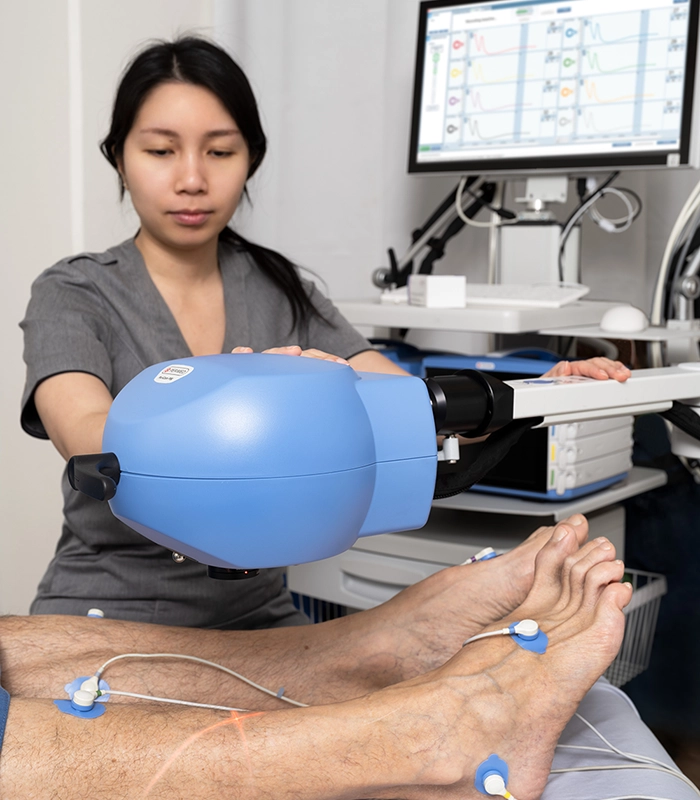
Millions of people across the globe live with chronic health issues like diabetes, peripheral artery disease, and non-healing wounds. Diagnosis is often complex, leading to delayed treatment, increased risk of amputation, and even premature death.
Changing these outcomes is possible. A key part of the solution lies in accurate and easy measurement, putting critical insights into underlying conditions into the hands of clinicians and researchers.
We offer PeriFlux for real-time perfusion monitoring and PeriCam for real-time perfusion imaging. Both product lines leverage laser Doppler technologies to deliver detailed blood perfusion, oxygenation, and microcirculation measurements.
With various configurations tailored for clinical and research environments, PeriFlux and PeriCam are designed to meet the diverse demands of healthcare professionals and researchers seeking reliable, real-time insights into microvascular function.
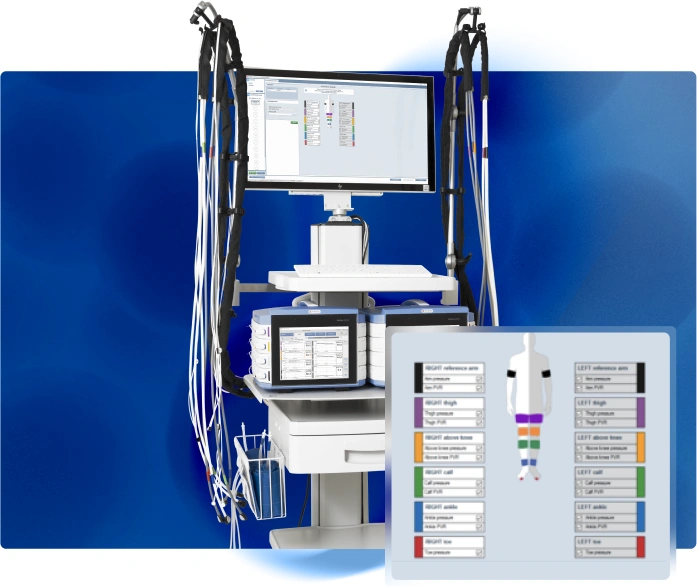
Real-time perfusion monitoring
Our PeriFlux range leverages laser Doppler and noninvasive sensors to measure and visualize blood perfusion and oxygenation in real time.
Using advanced signal processing to ensure accurate measurement, PeriFlux supports a comprehensive range of established macro- and microcirculation measurements, delivering results in a comprehensive report.
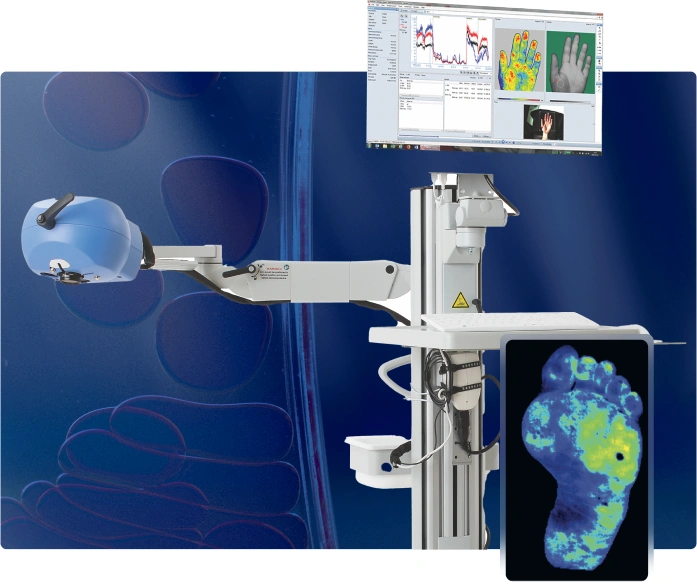
Real-time perfusion imaging
PeriCam leverages laser Doppler and laser speckle contrast imaging (LSCI) to measure and visualize blood perfusion in real time.
The underlying technologies ensure that PeriCam is both non-contact and noninvasive. Blood perfusion data is presented in color-coded images and graphical formats, to facilitate understanding and analysis.
PeriFlux 6000 Combined System, is one of our most popular instruments. Delivered on a cart for optimum maneuverability, this device supports all clinical exams in our portfolio. PeriCam PSI NR is designed for real-time imaging in clinical environments. Delivered on a cart to provide optimum maneuverability, which is especially useful during surgery for example.
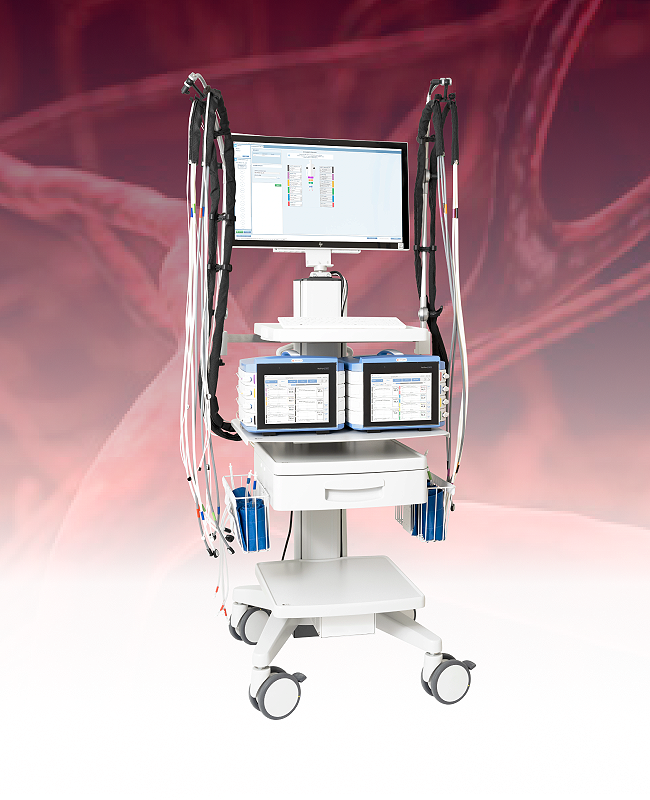
A powerful, all-in-one solution designed to deliver comprehensive macro- and microvascular measurements both clinical and research settings.
Supports a wide range of established exams including toe pressure, segmental limb pressure, TcpO2, and skin perfusion pressure (SPP).
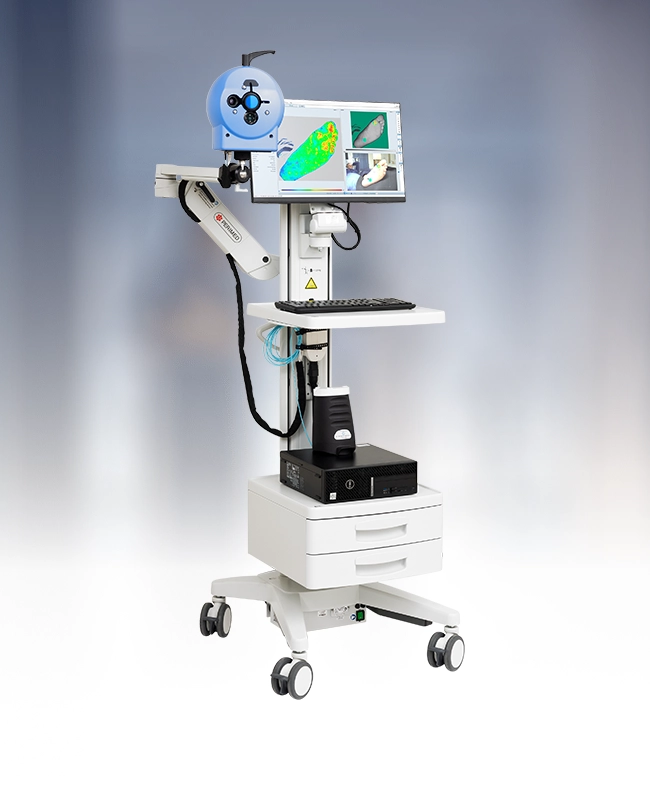
A state-of-the-art imaging system designed for real-time, noninvasive monitoring of blood perfusion over large tissue areas.
Suitable for monitoring conditions such as wound healing, diabetes, and peripheral artery disease.
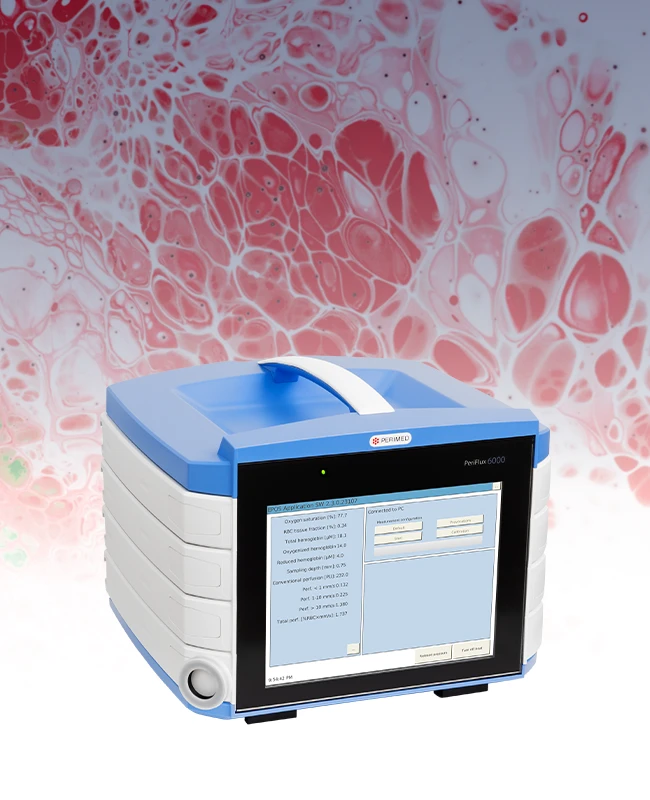
We designed PeriFlux 6000 EPOS (enhanced perfusion and oxygen saturation) to fulfil the need for robust microcirculation measurements.
It provides researchers and research institutes with a means to measure and analyze perfusion and oxygen saturation.
* PeriFlux 6000 EPOS is intended for research purposes. However, it may not be cleared for use in your region. Contact our sales team for more details.
.
In session three, Professor Martínez talks about the multi-metrics of wound healing and how treatment decisions should be made on the back of multiple types of noninvasive vascular measurements to provide a holistic view of the patient.
Watch webinar
Professor José Luis Lázaro Martínez Ph.D.
Perimed was founded in the early 1980s, at a time when laser Doppler technology was emerging as a groundbreaking method for measuring blood perfusion and microcirculation in tissues. Recognizing the revolutionary potential of this technology, my father, Kjell Bakken, along with a few other visionary entrepreneurs, embarked on a journey of innovation that we know as Perimed.
Throughout my career, I’ve been dedicated to advancing laser Doppler flowmetry and imaging technologies. My goal has always been to make these tools accessible to clinicians and researchers, enabling them to assess microvascular blood flow with precision, ultimately improving the understanding of disease progression and healing outcomes.
Today, the technology is used in a wide range of medical applications, providing the detailed measurements needed for diagnostics, treatment planning, and research.
Björn Bakken,
Chief Scientific Officer, Perimed
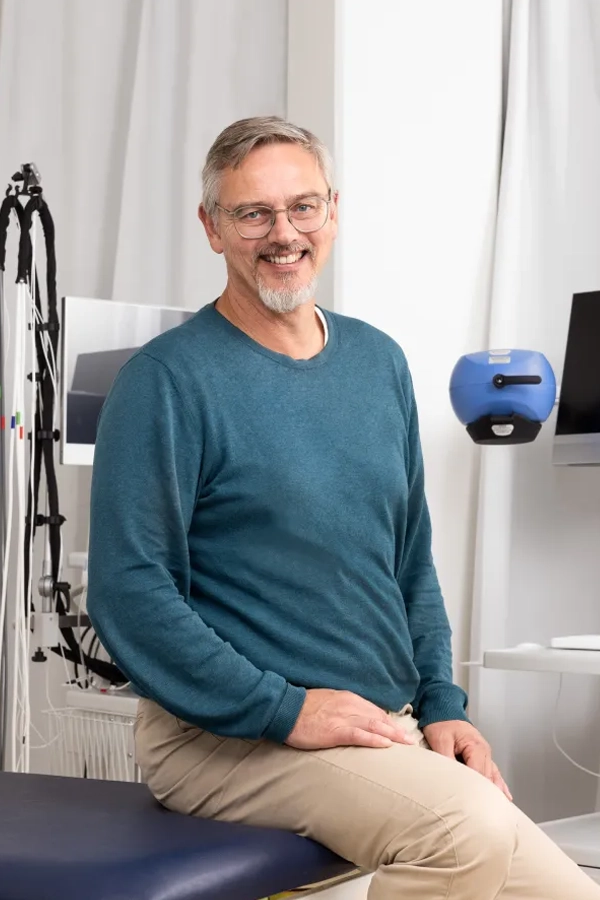

Here are some of the applications our customers are working with:
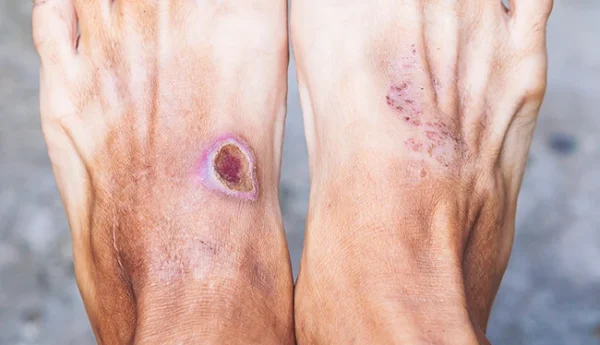
Early detection of complications in diabetic foot are crucial to prevent severe outcomes and save limbs.
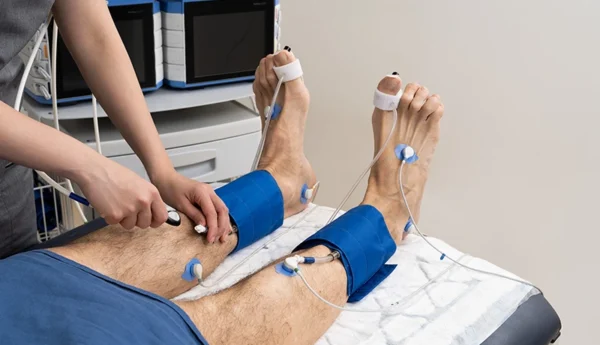
Left undiagnosed, PAD often leads to pain, ulcers, and risk of amputation.
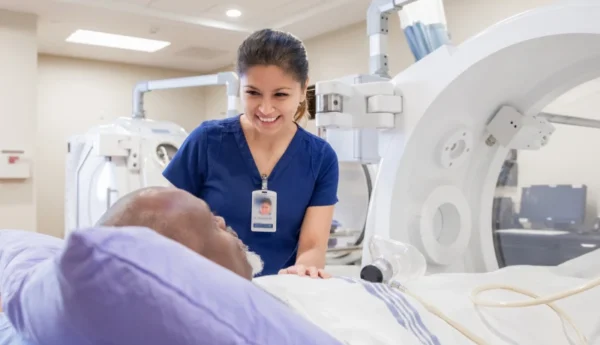
Rapidly assess patient eligibility and treatment effectiveness.

Assess wound healing potential with oxygenation and perfusion monitoring.
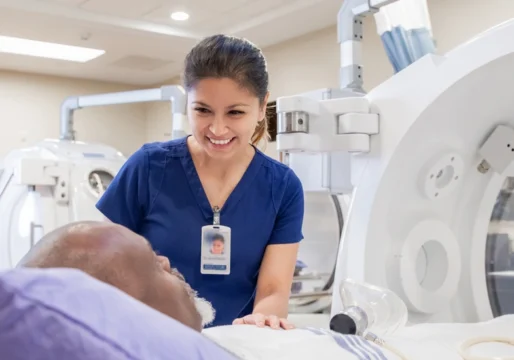
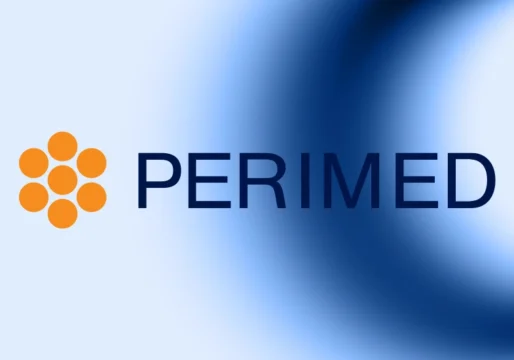

Contact Sales
If you’re interested in learning more about our products, connecting with our sales team, or looking for a quote, we’re here to help. Fill out the form, and a member of our team will get back to you. We look forward to hearing from you!
References